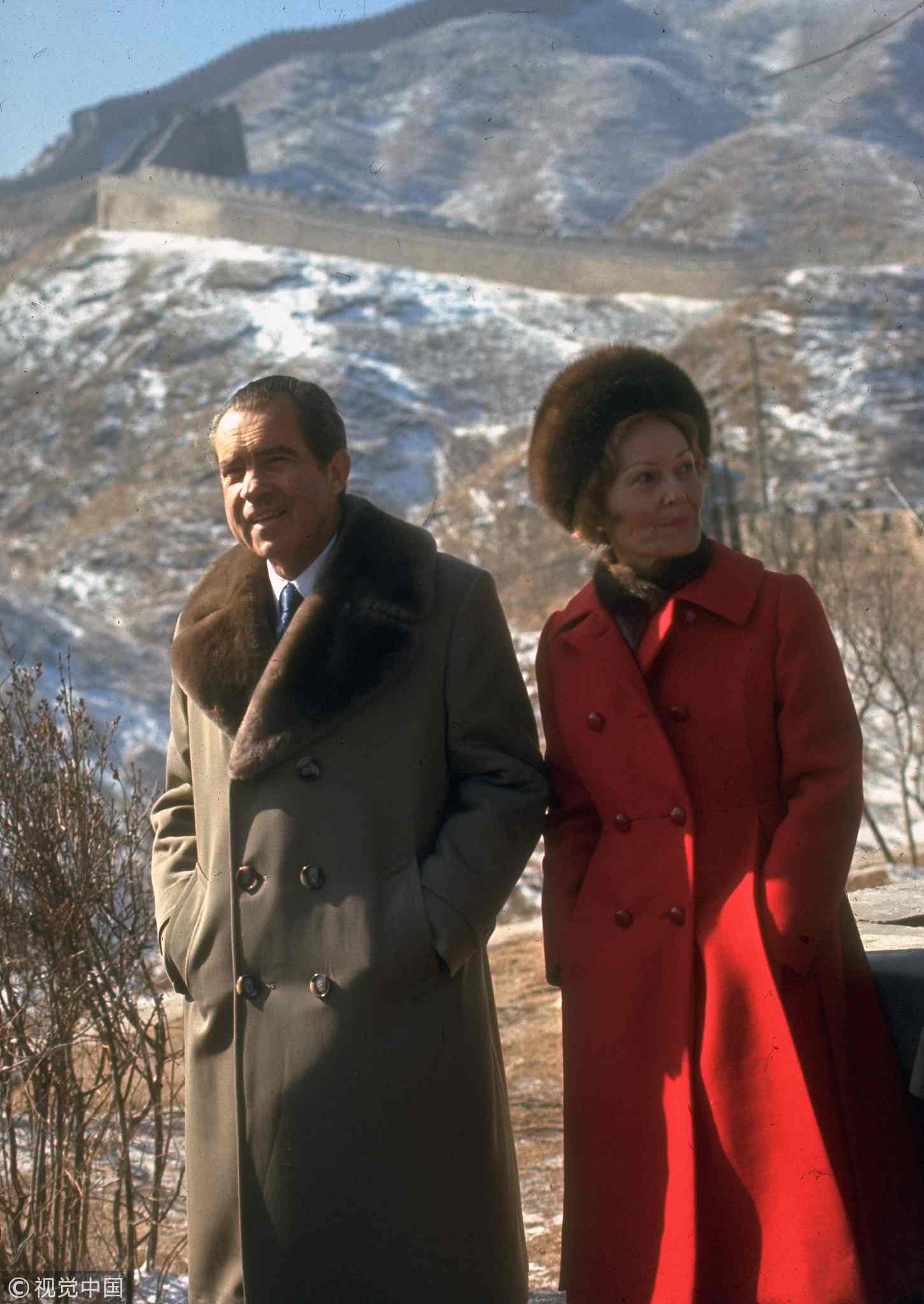
Opinions
09:46, 02-Jan-2019
Opinion: The future of China-U.S. relations seen through the lens of history
Updated
09:28, 05-Jan-2019
Liang Yabin

Editor's note: Liang Yabin is an associate professor of the Institute for International Strategic Studies of the Central Party School of the Communist Party of China and senior researcher of Pangoal Institution. The article reflects the authors' opinion, and not necessarily the views of CGTN.
People often use “new” to describe the beginning of everything in an attempt to highlight how it is different from the past. However, in the long history, there are not many “new” things that can really leave indelible marks, because major changes are few and far in between.
Christopher Columbus discovered the New World in 1492. From that then on, the human world began to move from isolation to openness, not only bringing about a big exchange of species, resources and information between the old and new worlds, but also bringing about a big change in the mode of production — globalization.
As an important milestone of globalization, 1776 witnessed two major events. First, Adam Smith from the UK published An Inquiry into the Nature and Causes of the Wealth of Nations, later referred to as The Wealth of Nations. In this book, Smith not only puts forward the hypothesis of the “rational man”, but also points out for the first time the secret of wealth creation: The division of labor and exchange, laying the theoretical foundation of market economy and globalization.
The second is the independence of the United States, which declared a political breakaway from the old Europe based on the hierarchy of kingship. People began to realize that “all human beings are created equal”. This historic event encouraged countless nations to work tirelessly to achieve independence, freedom and equality.

U.S. President Richard Nixon (L) and his wife Pat Nixon walks in Great Wall, Beijing, China, February 24, 1972. /VCG Photo
U.S. President Richard Nixon (L) and his wife Pat Nixon walks in Great Wall, Beijing, China, February 24, 1972. /VCG Photo
With the same goal, Dr. Sun Yat-sen created the Chinese equivalent of famous democratic doctrine “of the people, by the people, for the people” originating in the United States, and led the revolution in China to establish the first Republic in Asian history. However, due to internal crisis and external pressure, the revolution in China was more difficult than the American Revolution, adding to the twists and turns for Chinese people to enter a new realm and accept the ideas of the new world.
It was not until 1949, when the People's Republic of China was founded, that we truly realized national independence and freedom. The founding of New China means that China has finally found its own way of development — socialism with Chinese characteristics.
The great undertaking of reform and opening-up initiated by China in 1978 is essentially a process of integrating into the international political and economic system and a process of participating in the international division of labor, exchange of goods and services, and globalization through free trade.
Through this process, New China finally achieved its integration with the new world. With peace and development being the theme of the times, it shook hands with and embraced the United States of the New World by means of interdependence and cooperation.

Chinatown in San Francisco, California, U.S. /VCG Photo
Chinatown in San Francisco, California, U.S. /VCG Photo
On October 18, 2017, the 19th National Congress of the Communist Party of China made a solemn declaration to the world that “socialism with Chinese characteristics has entered a new era” and stressed that the whole party should “remain true to its original aspiration and keep its mission in mind” and “work tirelessly to realize the Chinese dream of the great rejuvenation of the Chinese nation.”
The original aspiration is to make the Chinese people happy, and the mission is to realize the rejuvenation of the Chinese nation. History tells us that neither the happiness of the people nor the rejuvenation of the country can be achieved by cutting off from the outside world.
In the new era, the realization of the Chinese Dream cannot be separated from the positive interaction with the world. The CPC Central Committee proposed the idea of “building a human community with shared destiny” to connect the realization of the Chinese dream with the development of the world.
Needless to say, China-U.S. relations are currently in a very testy situation, and the two countries do have problems of misunderstanding, distrust and discord in some areas. However, if we look at the development trend in the long run, the current differences between China and the United States are just some hiccups in the big trend of cooperation.
Xi pointed out during his visit to the United States in 2015 that “China is a participant, builder, contributor and beneficiary of the current international system. Reforming and perfecting the current international system does not mean reinventing the wheel, but making it fairer and more reasonable.” On the contrary, a belligerent, irrational and failed nuclear power is in no way good for the well-being of another nuclear power.
Therefore, in the new era, New China and the United States are still participants, builders, contributors and beneficiaries of the new world since the Age of Discovery. Both sides will surely find ways to control differences and meet each other in the middle, because only sincere cooperation can help create a more peaceful, prosperous and better new world.
(If you want to contribute and have specific expertise, contact us at opinions@cgtn.com)

SITEMAP
Copyright © 2018 CGTN. Beijing ICP prepared NO.16065310-3
Copyright © 2018 CGTN. Beijing ICP prepared NO.16065310-3